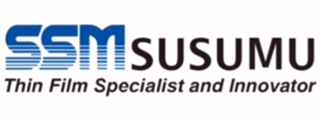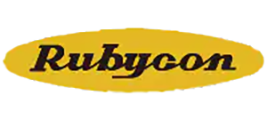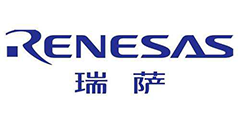- Ameya360 Component Supply Platform >
- Applications >
- Stepper Motor
Stepper Motor
Stepper motors utilize a doubly-salient topology, which means they have "teeth" on both the rotor and stator. Torque is generated by alternately magnetizing the stator teeth electrically, and the permanent magnet rotor teeth try to line up with the stator teeth. There are many different configurations of stepper motors, and even more diverse ways to drive them. The most common stator configuration consists of two coils (A and B). These coils are arranged around the circumference of the stator in such a way that if they are driven with square waves which have a quadrature phase relationship between them, the motor will rotate. To make the motor rotate in the opposite direction, simply reverse the phase relationship between the A and B signals. A transition of either square wave causes the rotor to move by a small amount, or a "STEP". Thus, the name "stepper motor". The size of this step is dependent on the teeth arrangement of the motor, but a common value is 1.8 degrees, or 200 steps per revolution. Speed control is achieved by simply varying the frequency of the square waves.
Because stepper motors can be driven with square waves, they are easily controlled by inexpensive digital circuitry and do not even require PWM. For this reason, stepper motors have often been inappropriately referred to as "digital motors". However, by utilizing power modulation techniques to change the quadrature square waves into sine and cosine waveforms, even MORE step resolution is possible. This is called "micro-stepping", where each discrete change in the sine and cosine levels constitutes one microstep. Theoretically, there is no limit to the position resolution achievable with micro-stepping, but in reality, it is limited by the motor mechanical and electrical tolerances. Some stepper motors are designed specifically for micro-stepping, and consist of tightly matched impedances between the A and B coils, and tighter machining tolerances on the teeth, at the expense of higher cost.
This animation demonstrates the principle for a stepper motor using full step commutation. The rotor of a permanent magnet stepper motor consists of permanent magnets and a stator which has two pairs of windings. Just as the rotor aligns with one of the stator poles, the second phase is energized. The two phases alternate on and off and also reverse polarity. There are four steps. One phase lags the other phase by one step. This is equivalent to one forth of an electrical cycle or 90°.
This stepper motor is very simplified. The rotor of a real stepper motor usually has many poles. The animation shown here has only 10 poles, however, a real stepper motor might have 100. These are formed using a single magnet mounted inline with the rotor axis and two pole pieces with many teeth. The teeth are staggered to produce many poles. The stator poles of a real stepper motor also have many teeth, and are arranged so that the two phases are still 90° out of phase.This stepper motor uses permanent magnets. Some stepper motors do not have magnets and instead use the basic principles of a switched reluctance motor. The stator is similar but the rotor is composed of an iron laminate.
Half Step Stepper Motor
This animation shows the stepping pattern for a half-step stepper motor. The commutation sequence for a half-step stepper motor has eight steps instead of four. The main difference is that the second phase is turned on before the first phase is turned off. Thus, sometimes both phases are energized at the same time. During the half-steps the rotor is held in between the two full-step positions.
This stepper motor uses permanent magnets. Some stepper motors do not have magnets and instead use the basic principles of a switched reluctance motor. The stator is similar but the rotor is composed of an iron laminate.
Online messageinquiry
- Week of hot material
- Material in short supply seckilling
| model | brand | Quote |
|---|---|---|
| CDZVT2R20B | ROHM Semiconductor | |
| TL431ACLPR | Texas Instruments | |
| RB751G-40T2R | ROHM Semiconductor | |
| MC33074DR2G | onsemi | |
| BD71847AMWV-E2 | ROHM Semiconductor |
| model | brand | To snap up |
|---|---|---|
| TPS63050YFFR | Texas Instruments | |
| STM32F429IGT6 | STMicroelectronics | |
| ESR03EZPJ151 | ROHM Semiconductor | |
| BP3621 | ROHM Semiconductor | |
| IPZ40N04S5L4R8ATMA1 | Infineon Technologies | |
| BU33JA2MNVX-CTL | ROHM Semiconductor |
- Week of ranking
- Month ranking
Qr code of ameya360 official account
Identify TWO-DIMENSIONAL code, you can pay attention to


Please enter the verification code in the image below:






















